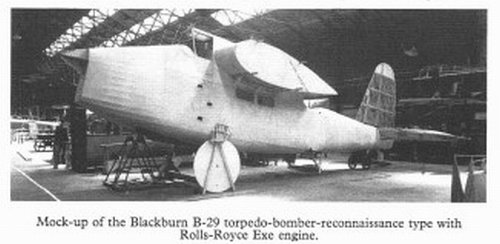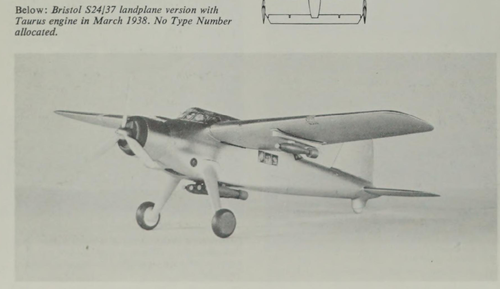- Joined
- 26 May 2006
- Messages
- 34,917
- Reaction score
- 15,791
from Great Britain:
in S24/37 specification,
for naval torpedo/dive bomber reconnaissance aircraft which led to develope
Fairey Barracuda,anther six companies competed in this competition,
Shorts S-24 and Percival P-25 were from the rivals.
do anyone have a 3-View to them ?.
in S24/37 specification,
for naval torpedo/dive bomber reconnaissance aircraft which led to develope
Fairey Barracuda,anther six companies competed in this competition,
Shorts S-24 and Percival P-25 were from the rivals.
do anyone have a 3-View to them ?.


